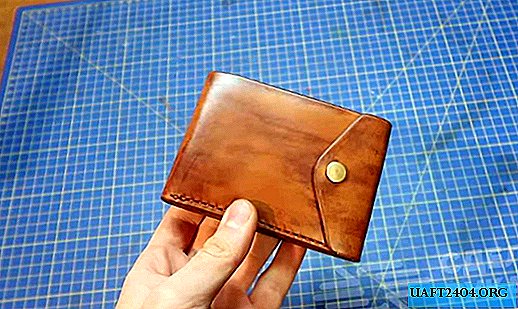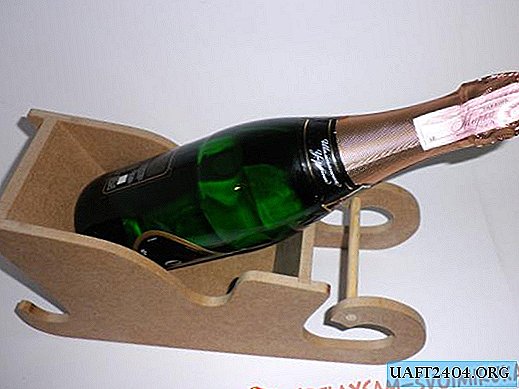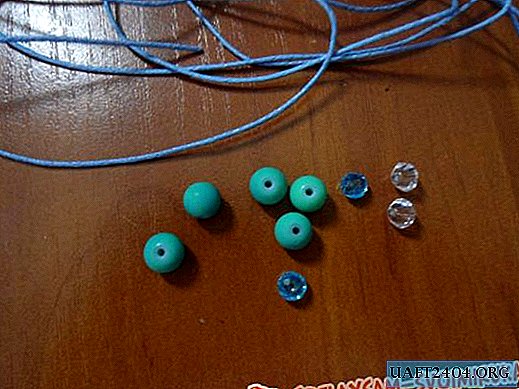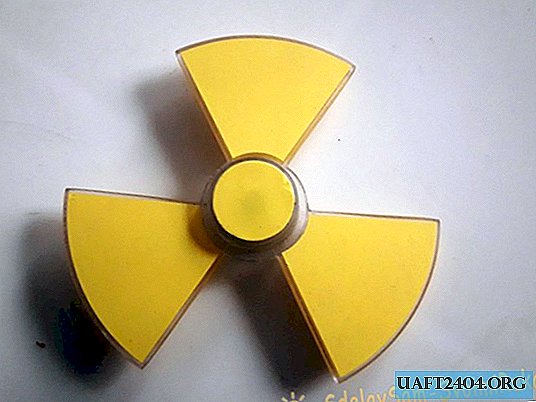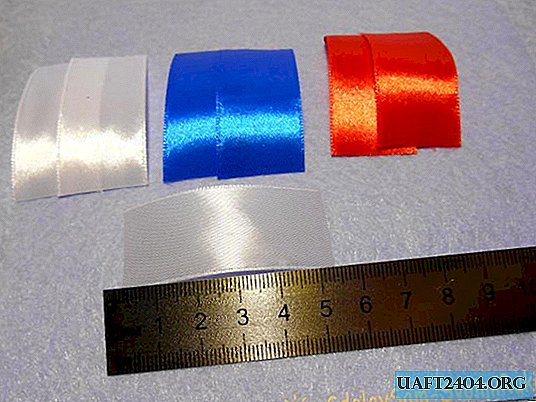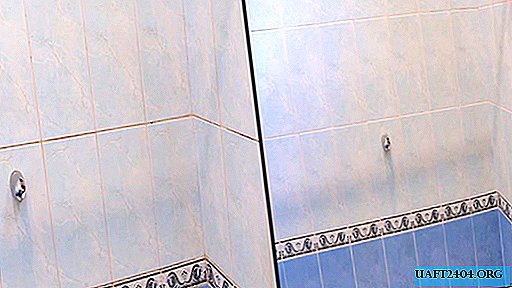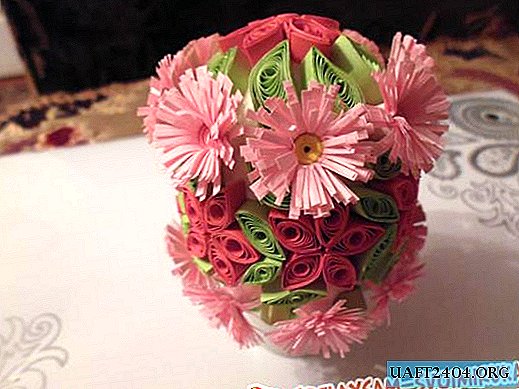Share
Pin
Tweet
Send
Share
Send
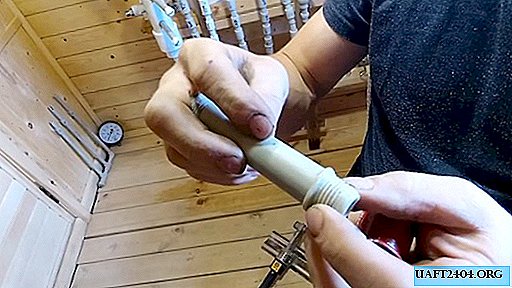
Will need
To figure out how to cut a thread in a particular case, we need to stock up on: a piece of polypropylene pipe, a plastic and metal sleeve, as well as linen winding and a sealing compound in a tube.
In this case, we will use the following tools and devices:
- dies for threading;
- apparatus for welding plastic products;
- two pipe wrenches;
- test bench for pressures up to 50 bar;
- threaded plug.
Threading sequence in various situations
We can have a combination of certain materials and tools. What should we choose in this case?
Die and polypropylene pipe
This tool is designed for cutting external threads on cylindrical surfaces from virtually any metal material, including steel. Therefore, it seems to be easy to cope with a polypropylene pipe.

Holding the die with one hand, using the pipe wrench, screw the end of the plastic pipe into the tool. The most important thing is to provide a grip. Then, applying some effort to the wrench, we can perform several threads on the surface of the pipe. Perhaps, at the same time, the key will slip and deep grooves may remain on it. In fact, this should be avoided so as not to loosen the pipe. Having unscrewed the workpiece from the die, we make sure that the thread is satisfactory.
Welding machine, metal sleeve and pipe
In this case, threading is facilitated and proceeds as standard. We heat the end of the pipe according to the instructions for the device and begin to screw it into a metal coupling with an internal thread. In this case, it is necessary to measure the indentation force and the rotation speed.


Having twisted the pipe to the required depth, we maintain it for some time so that it cools down a bit and decreases in size. After which it can easily be unscrewed from the metal coupling. Inspection shows that the thread does not start at the end of the pipe, but at a certain distance, but it looks quite suitable and reliable.


Welding machine, metal and plastic coupling
We also heat the plastic sleeve on the welding machine on one side and screw a metal sleeve with a thread on it into it. After sustaining a short time, we disconnect the parts and make sure that the thread is excellent.


Repeat the same operation for the other end of the plastic part. Moreover, the indentation force and the rotation speed should be similar to the first case. The quality of the thread is checked additionally by screwing and unscrewing the metal coupling.
Pressure Testing
To do this, we mount an assembly of plastic elements in which the thread was cut, as well as a metal coupling, since such a combination is quite possible in practice. To seal the joints everywhere we use linen winding and a special sealing compound.


Some connections are possible and sufficient to tighten by hand, for others it is required to additionally use one or two pipe wrenches.


We connect the assembly to the pressurized water supply system, and plug the open end with the factory plug on the thread.

Consistently apply pressure to the assembly, fixing its value on the following readings: 1, 2, 3, 4, 6, 8, 10, 12, 14, 16, 20, 25, 30, 40, 45 bar. After each pressure fixation, we check the tightness of the assembly. We make sure that it is present at all pressures, including a maximum value of 45 bar.


Output
Since our assembly withstood pressure of 45 bar, which never happens in home water supply, in a personal plot and in a country house, we can safely cut the threads in propylene pipes and couplings in various ways manually, since the pressure at these facilities does not exceed 8 bar.
Share
Pin
Tweet
Send
Share
Send

